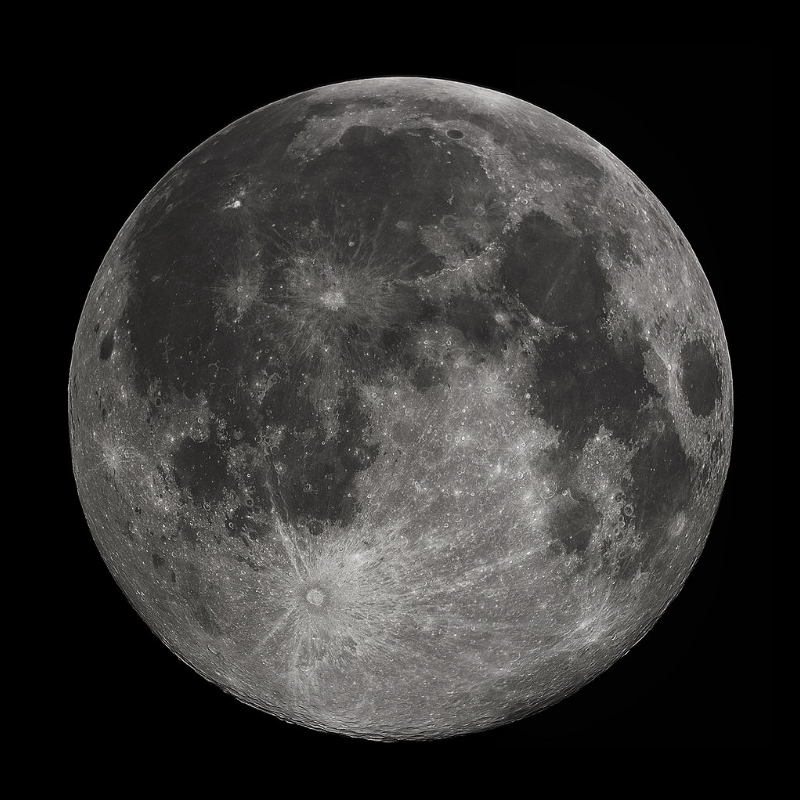Luna
Luna, called simply "the Moon" by Earthlings, is Earth's only permanent natural satellite. It is the fifth-largest natural satellite in the Sol system, and the archetype of the selenic planetary class. Being Earth's only natural moon, Luna was the site of humans' first forays into extraterrestrial exploration, including the International Lunar Research Station. It hosts many artificial satellites, notably the travel hub Tsukuyomi (which is, among other things, the primary point of BIFROST service connection). It is also an important source of materials for spacecraft construction and maintenance, as well as a significant water-ice repository.
Geography
Luna is the only natural satellite of Earth, and the closest planetary moon to Earth's sun Sol. Its rotation is synchronized to its orbit, and thus one lunar hemisphere (the Earthbound face, or "near side") is constantly visible to Earth while the other (the spacebound face, or "far side") is never visible. The Earthbound face of Luna is marred by a dark patchwork of volcanic plains, called maria, that spill across the northern face like inkstains; the far side, by contrast, lacks maria, being entirely covered by impact craters. Luna's most notable topographic feature is the 2,240 km-diameter South Pole–Aitken basin located on the spacebound face, by far the largest crater on the moon and the second-largest impact crater in the entire system (the largest, of course, being Mars' Utopic Sea).Natural Resources
Luna's crust is composed primarily of silicates, with various metal oxides comprising the rest; these (as well as the carbon traces present) are excellent sources of metals like aluminum, iron, and titanium. Luna also has a surprisingly large amount of water ice, which is a vital resource in space travel and habitancy.Archive Data
HAZARDS
- International Lunar Research Station (former)
- Tsukuyomi (low orbit)







Comments